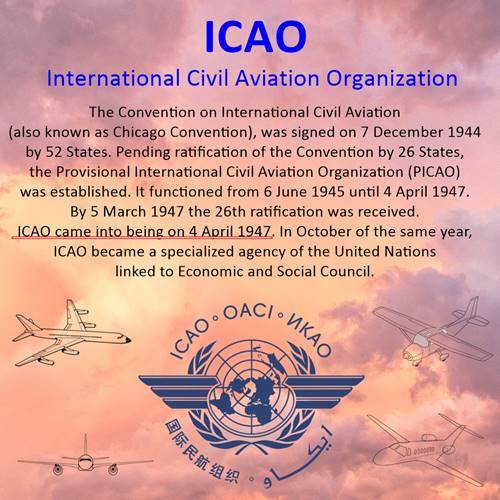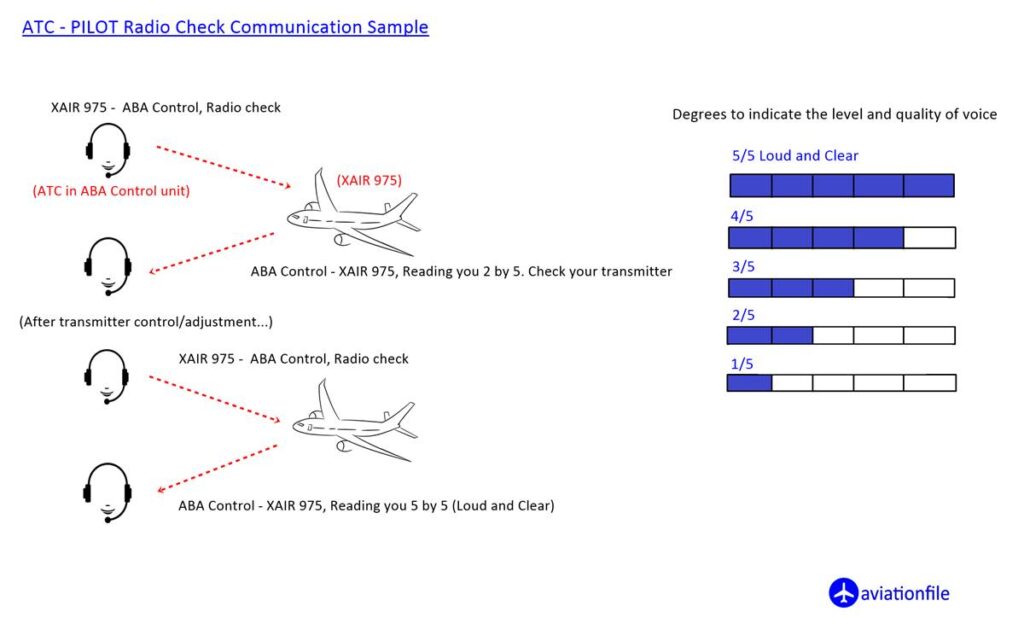Aviation Phraseology: An In-Depth Analysis of FAA and ICAO Standards
Aviation phraseology is a crucial component of air traffic communication, ensuring safety and clarity between pilots and air traffic controllers (ATC). This specialized language minimizes ambiguity, enabling clear, concise communication. It is governed by various regulatory bodies, with the Federal Aviation Administration (FAA) and the International Civil Aviation Organization (ICAO) being two primary authorities. Despite their shared goal of maintaining safety, their phraseology standards have notable differences. This article provides an in-depth analysis of aviation phraseology, highlighting the distinctions between FAA and ICAO protocols.
What Is Aviation Phraseology?
Definition and Importance
Aviation phraseology refers to the standardized language used in radio communications between pilots and air traffic controllers. Its primary purpose is to facilitate precise, unambiguous communication to prevent misunderstandings that could compromise safety. Pilots and controllers worldwide must adhere to specific phraseology to ensure that critical information is exchanged correctly.
Standardization in Aviation
Standard phraseology allows for a global understanding of communication, regardless of language barriers or regional accents. It encompasses terms, phrases, and procedures that convey intentions, instructions, and responses. This uniformity is especially vital during emergencies, as it ensures a predictable and clear exchange of information.

The Role of the FAA and ICAO in Phraseology
FAA: Federal Aviation Administration
The FAA is responsible for regulating all aspects of civil aviation in the United States. It sets phraseology standards used by pilots and air traffic controllers within U.S. airspace. The FAA’s phraseology emphasizes brevity and directness, with a focus on reducing airtime to manage busy communication frequencies effectively.
ICAO: International Civil Aviation Organization
ICAO, a United Nations specialized agency, establishes global aviation standards, including phraseology. Its regulations aim to ensure uniform communication across international borders. ICAO phraseology is more expansive, allowing for clearer communication when non-native English speakers are involved, which can help avoid misunderstandings in diverse air traffic environments.
| Phrase/Term | FAA | ICAO |
|---|---|---|
| Decimal | Point | Decimal |
| Ramp | Ramp | Apron |
| Airport | Airport | Aerodrome |
| Affirmative | Affirm | Affirmative |
Key Differences Between FAA and ICAO Phraseology
1. Terminology and Phrase Structure
One of the key distinctions between FAA and ICAO phraseology lies in their approach to terms and phrases used in communication.
- FAA Focus on Conciseness: The FAA, now aligned with ICAO standards in many areas, aims to keep communications as brief as possible, especially in high-traffic airspaces like those in the United States. For example, in 2010, the FAA adopted the ICAO phrase “Line up and wait” (LUAW) to replace its earlier term “Taxi into position and hold” (TIPH). This change helped streamline instructions while maintaining global standardizationFederal Aviation AdministrationFederal Aviation Administration.
- ICAO Emphasis on Standardization and Clarity: ICAO’s global approach prioritizes clear and uniform communication to accommodate the diverse linguistic backgrounds of pilots and controllers. Phrases like “Runway vacated” are designed to minimize ambiguity, ensuring precise understanding of runway status across different regionsFederal Aviation Administration. This focus on standardization aims to enhance safety, particularly in international airspaces where clear communication is critical to avoid misunderstandings.
Despite the shift toward uniformity, differences in communication styles still exist, reflecting each organization’s approach to managing air traffic in their respective operational environments.
2. Phraseology for Takeoff and Landing
The phraseology used by the FAA and ICAO during takeoff and landing operations has nuanced differences, which are particularly important for pilots navigating between these systems.
- Takeoff Instructions: Both FAA and ICAO use the term “Cleared for takeoff” to indicate that an aircraft is authorized to begin its departure roll. However, ICAO practices often emphasize providing detailed information as part of the clearance, such as wind direction and speed, which enhances situational awareness. For example, an ICAO instruction might include “Wind 320 at 10, cleared for takeoff.” The FAA may include similar details, but its emphasis is typically on brevity when radio frequencies are congested (Federal Aviation Administration, IVAO Documentation Library). This approach aims to keep communications efficient in high-traffic airspace, such as that found in the United States (Savant Aero).
- Landing Clearances: For landing, both FAA and ICAO use the phrase “Cleared to land,” but with differing levels of detail. The FAA might issue a straightforward instruction like “Cleared to land, runway 18,” focusing on maintaining flow and minimizing radio congestion (Skybrary, Savant Aero). ICAO, in contrast, may include additional context in its instructions, such as specific runway conditions or traffic information, particularly if conditions differ from the norm or visibility is reduced. For example, an ICAO clearance might include “Runway 24, wet, braking action medium, cleared to land” (IVAO Documentation Library).
These differences reflect each organization’s focus: the FAA prioritizes efficiency and succinct communication to manage the dense air traffic within the United States, while ICAO emphasizes comprehensive, detailed communication to account for the diverse international pilots and environments they serve (Federal Aviation Administration, Savant Aero). Understanding these distinctions is critical for pilots, especially those who fly internationally, to ensure clear communication and safe operations.
3. Use of Readback and Acknowledgments
Readback requirements, where pilots repeat back instructions to confirm understanding, also differ between the two systems.
- FAA Approach: The FAA mandates readbacks primarily for critical clearances like takeoff, landing, and altitude assignments. It aims to keep radio communication brief, relying on context and situational awareness for other communications.
- ICAO Approach: ICAO requires readbacks for a broader range of instructions, including heading assignments and altitude changes, ensuring a higher level of confirmation for all critical information. This practice is especially beneficial in international settings where linguistic variations can create challenges.

Impact of Phraseology Differences on Pilots
Adapting to Different Standards
Pilots operating internationally need to adapt to both FAA and ICAO phraseology standards. This adjustment can be challenging, as they must switch between concise and more detailed communication styles depending on the airspace they are in. Miscommunication or incorrect phraseology usage can result in confusion, delays, or even safety risks.
Training and Proficiency Requirements
Airlines and aviation authorities prioritize training pilots and air traffic controllers to maintain proficiency in both sets of standards. Emphasis is placed on understanding regional differences to ensure that pilots can communicate effectively in any environment. This training is essential for maintaining global aviation safety and preventing incidents related to phraseology confusion.
Challenges and Future Directions
Harmonization Efforts
The aviation community has made efforts to harmonize FAA and ICAO phraseology standards. These efforts aim to create more consistent communication practices, particularly as international flights become increasingly common. However, regional variations in air traffic density, language proficiency, and procedural preferences still present challenges to achieving full harmonization.
Technology and Phraseology Evolution
Advancements in communication technology, such as digital data links and voice recognition, are gradually supplementing traditional voice communication. These technologies could reduce the reliance on exact phraseology by providing an additional layer of verification. However, standardized phraseology will remain a core element of safety, especially in complex or emergency situations.
Conclusion
Aviation phraseology is a vital tool in maintaining safety and efficiency in air traffic communication. While both the FAA and ICAO share the goal of clear and effective communication, their differences in phraseology reflect the diverse needs of domestic and international aviation. Understanding these differences is crucial for pilots, controllers, and aviation stakeholders, as it allows for safe adaptation across various regions. As aviation continues to evolve, the balance between standardized global communication and regional adaptability will remain a key focus, shaping the future of air traffic management.


